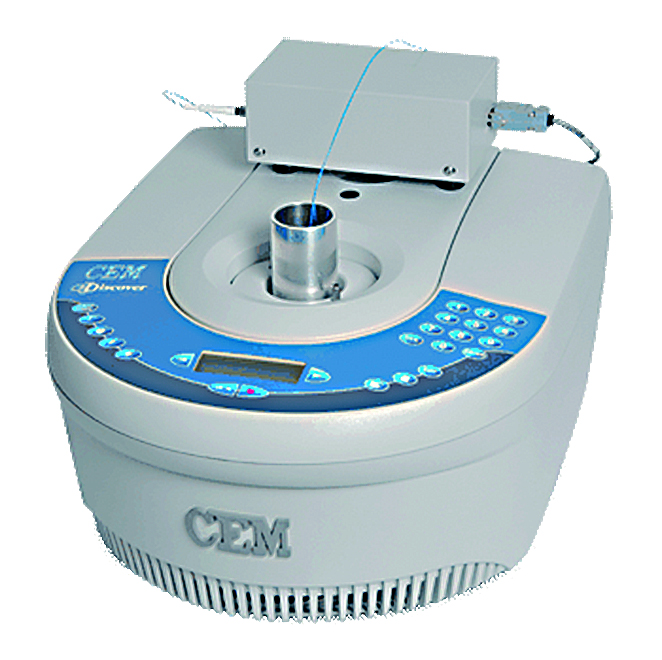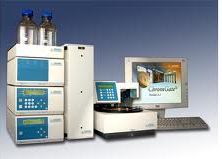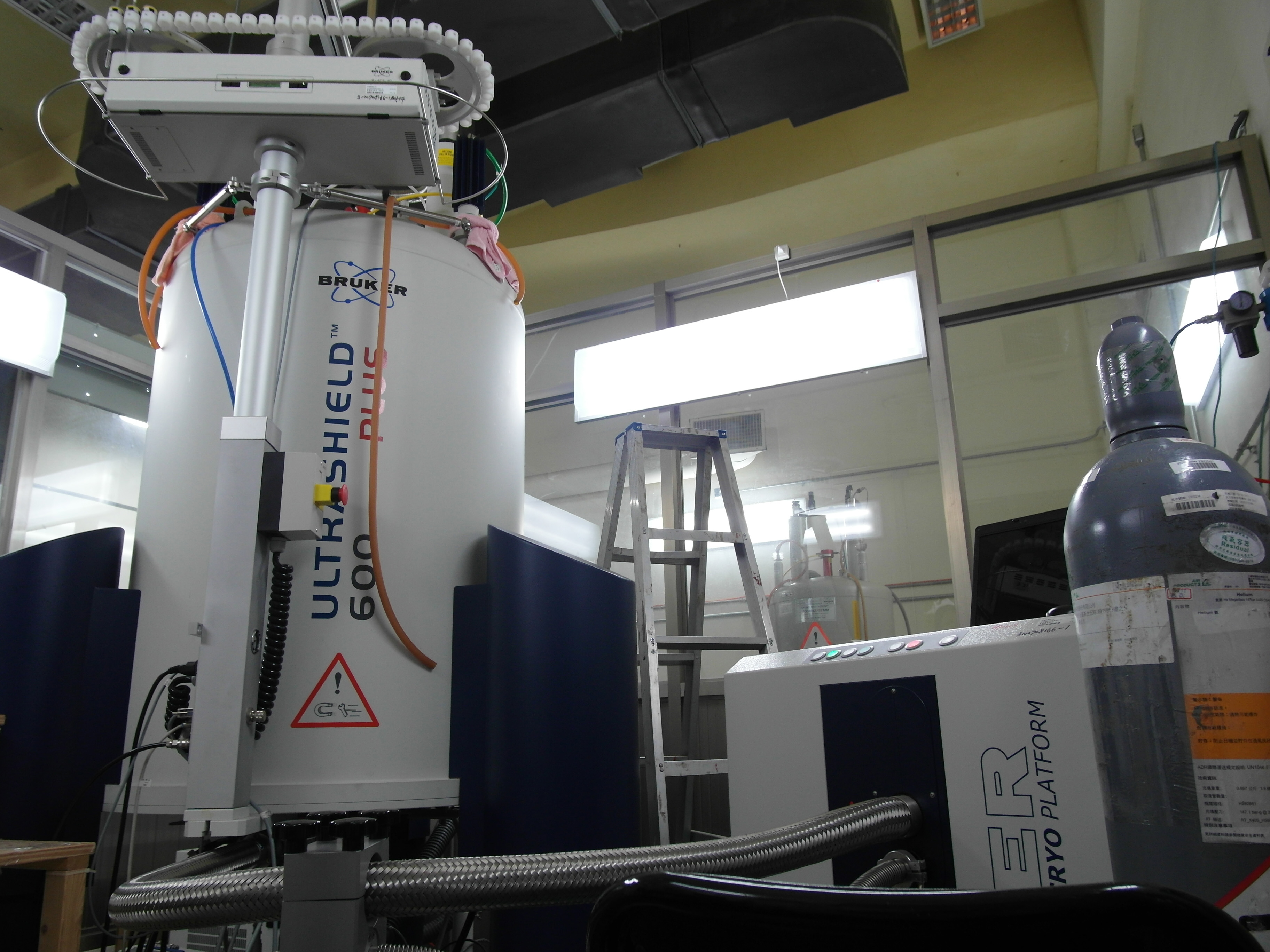PI

Ling-Wei Hsin, Associate Professor, School of Pharmacy, National Taiwan University
CO-PI
Ming-Fu Chang, Professor; Fu-Hsiung Chang, Professor; Min-Huei Chen, Professor; Wei-Fang Su, Distinguished Professor; Jiashing Yu, Assistant Professor
The mission of Molecular Probes Development Core is to discover and develop novel molecular probes for various molecular imaging technologies, especially positron emission tomography(PET), as tools for basic research, clinical diagnosis, and drug discovery. Our goals include: 1) discovery and development of molecular probes for novel biological targets as potential PET imaging agents; and 2) design and synthesis of appropriate precursors for radiosynthesis of PET raiopharmaceuticals in Positron Emission Tomography Core.
The research facility of Molecular Probes Development Core is located on the 6th floor of Center of Genomic Medicine Building(CZ18) in college of medicine and equipped with the equipment for organic synthesis(e.g., microwave synthesizer, Figure 1.), pharmaceutical analysis(e.g., high-resolution NMR and HPLC, Figure 2. and Figure 3.), and drug discovery and development(e.g., a fully automated instrument for measurement of various physicochemical properties of candidate compounds, Figure 4.).

Figure 1. CEM Discovery microwave synthesizer

Figure 2. Analytical and preparative HPLCs
Current research projects in Molecular Probes Development Core include: 1) design and synthesis of 11C- and 18F-labeled molecular imaging agents for P-glycoprotein(P-gp, ABCB1) expression and activity; 2) development of tau protein molecular probes for early diagnosis of Alzheimer's disease; 3) evaluation of 18F-labeled radiopharmaceuticals for diagnosis of metastasis of pancreatic tumor; 4) design and synthesis of 11C- and 18F-labeled molecular imaging agents for serotonin type 7(5-HT7) receptor; and 5) development of novel 18F-labeled molecular probes for dopamine transporter(DAT) and serotonin transporter(SERT).

Figure 3. BRUKER AVANCE 600 AV nuclear magnetic resonance(NMR) spectrometer

Figure 4. Sirius T3. A fully automated instrument for "gold standard" measurement of pKa, log P/D, and solubility using milligram sample quantities


 繁體中文
繁體中文 English (UK)
English (UK)